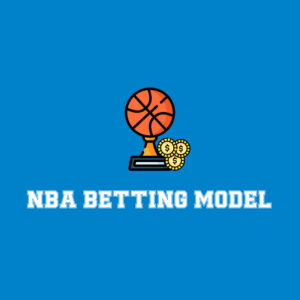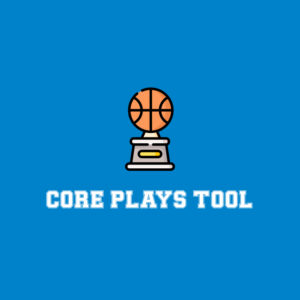
Scenario: You’re on the clock in a fantasy football draft and can’t decide between the two (or more) players on the board in front of you.
We’ve all been there. It’s a widespread occurrence that happens in every draft at least once, if not multiple times. There’s a lot of information to weigh in that short window, too. In a couple of minutes or less, you must consider a player’s role in an offense, age factors, scoring upside, and plenty more.
These proverbial crossroads serve as the inspiration behind this article series. Each week, we’ll examine two players who play the same position and are being drafted in similar areas based on their current Underdog ADP (for now, until we get reliable redraft ADP later this summer). This exercise will put these two players side-by-side, outlining the cases for and against each, ultimately leading to a final verdict.
Sound good? Let’s start with a battle of “old versus new” in the form of Ashton Jeanty (ADP RB4) and Derrick Henry (ADP RB6):
(All stats per FTN’s NFL StatsHub unless otherwise noted)
Ashton Jeanty, RB, Las Vegas Raiders
The Case for Jeanty
The difficulty with projecting fantasy success for a rookie is that we’ve never seen them play a single down of professional football. But history tells us that running backs taken very early on in the NFL Draft tend to go on to do well immediately.
You know how many running backs have been selected with a top 10 pick in the draft over the past decade? Not including the player we’re about to discuss, the answer is six:
- Todd Gurley (2015, 10th overall, St. Louis Rams)
- Ezekiel Elliott (2016, fourth overall, Dallas Cowboys)
- Leonard Fournette (2017, fourth overall, Jacksonville Jaguars)
- Christian McCaffrey (2017, eighth overall, Carolina Panthers)
- Saquon Barkley (2018, second overall, New York Giants)
- Bijan Robinson (2022, eighth overall, Atlanta Falcons)
The group’s other common trait is that each finished no lower than RB10 in overall PPR scoring during their rookie campaign, per FantasyData. That’s the potential path ahead of former Boise State standout Ashton Jeanty, who the Raiders took with the sixth pick in 2025.

You can check out his full scouting profile by FTN’s Jeremy Popielarz, but what you essentially need to know is that Jeanty is a 5-foot-9 wrecking ball. He led the nation in rushing yards last season (2,601) on a workload of 374 carries en route to being named the runner-up for the Heisman Trophy, a season that would have normally won the trophy if not for Travis Hunter dominating on both sides of the ball.
Jeanty is built for hefty usage, and NFL teams who spend an ultra-premium pick on a running back are heavily incentivized to feed the ball to that player as much as possible.
To highlight this fact, consider that the average Year 1 workload of those six high-capital rookie running backs mentioned earlier shakes out to 307.3 touch opportunities (carries + targets), according to Stathead. On a per-game basis, that’s an average of 18.1.
Plenty can also be made of the fact that Jeanty will play under Super Bowl-winning head coach Pete Carroll in Las Vegas, someone known for typically utilizing a workhorse lead runner. Across 14 years as the Seattle head coach between 2010 and 2023, Carroll’s RB1 tallied at least 250 touch opportunities in a season nine times (nearly two-thirds of all seasons).
The relevant historical data points indicate that Jeanty is highly likely to receive a massive workload. That’s the primary thing we look for in fantasy running backs, and he’s also in good company with high-capital rookies who went on to finish as an RB1 in their debut.
It’s a recipe for success all around.
The Case Against Jeanty
Let’s just get this out of the way:
Of course, anyone can be a bust. Significant injury is also very possible in a contact sport. Running backs in general come with inherent risk, as they’re statistically by far the most tackled players annually. It’s how football works.
So, unless there’s any relevant information related to a player’s injury history or some glaring hole in their overall game to discuss, I won’t be in the business of predicting the next Michael Haddix or Ki-Jana Carter.
Those possibilities aside, the most likely reason for Jeanty to be unsuccessful would be that the Raiders’ offensive line is not particularly great. The unit ranked within the bottom five of several statistical categories in 2024:
- Adjusted line yards: 3.85, 30th in the NFL
- Second-level yards: 0.95, 29th
- Power success: 57%, 29th
Sure, the Raiders invested some resources into improving their line this offseason. In addition to signing veteran guard Alex Cappa to a two-year deal, Las Vegas picked up two tackles (Caleb Rogers and Charles Grant) with back-to-back third-round selections in the 2025 NFL Draft.
Their combined efforts may amount to an improved offensive line. Still, the mountain they have to climb is quite steep. Significant touch volume can usually mitigate some of the issues a poor offensive line brings, but it’s not some wholesale guarantee that a player will overcome their circumstances.
Albeit an imperfect comparison, the 2019 Chicago Bears also put forth an offensive line that finished in the bottom five in those same categories as last year’s Raiders. Their rookie running back that year, David Montgomery, finished the season as the RB23 overall (178.4 PPR points) despite receiving 277 touch opportunities.
That’s not to say Jeanty is Montgomery, and so on, but you get the picture.

Football Almanac 2025

Derrick Henry, RB, Baltimore Ravens
The Case for Henry
Straight up, Henry is arguably the best running back of the past decade.
The five-time Pro Bowler ranks first among his peers in numerous measures since becoming a full-time starter in 2019:
- Total carries (1,854)
- Rushing touchdowns (84)
- Rushing yards (9,130)

Want a fun fact? Henry is the only running back in the NFL to average at least 100 rushing yards per game (102.6) in that span. In more direct fantasy terms, Henry’s average of 19.2 PPR points per game over the past six years ranks second-best behind only Christian McCaffrey’s 23.6. We know this guy can ball.
Also helping matters is that the Ravens are a traditionally run-heavy offense that’s finished third or higher in total team carries annually in all but one season since 2019. Moreover, Baltimore registered the fifth-lowest pass rate over expectation (-7.5%) last year in Henry’s first season with the team, per NFELO.
There’s no apparent reason why offensive coordinator Todd Monken would go away from this approach in 2025 either. If it ain’t broke, etc.
The Case Against Henry
In case you didn’t know, Henry is entering his age-31 season.
Betting against Henry has routinely proven to be a fool’s errand in recent years, although the risk he carries will only continue to compound as he ages. There’s simply not a ton of precedent for running backs over the age of 30 going out and lighting up the field. To play that long in the NFL and still receive ample volume is a challenging thing to do.
Let’s now try to illustrate the rare feat that Henry will be looking to accomplish in 2025:
Hitting 200 PPR points in a year is typically the threshold minimum to finish as a top-24 running back, (somewhat) anecdotally speaking. Fact-checkers are welcome to visit our StatsHub and corroborate this claim; it generally holds up to scrutiny.
Within the past decade, there have been 44 individual instances in which a 30-year-old (or older) back received at least 100 carries. Among this sample, only 10 players (22.7%) registered 200 or more PPR points in that season:

No, the irony of Henry’s 2024 campaign being comfortably the best from the group is not lost on me here. If we’re to bet on any older running back to buck these trends, it would be Derrick Henry.
Even so, we’re still asking a lot of an aging player, no matter how you want to slice it or frame the situation.
The Verdict: Ashton Jeanty
We’re in the business of playing the odds here. Jeanty finishing the season better than Henry is the likelier outcome based on precedent. Am I comfortable betting against this particular veteran? As I’ve alluded to, that answer is no, but it’s happening anyway. Better to be early than too late, particularly when your alternative is a rookie that’s almost exactly 10 years younger.








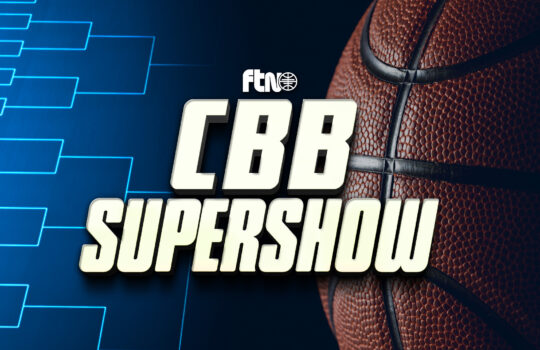

















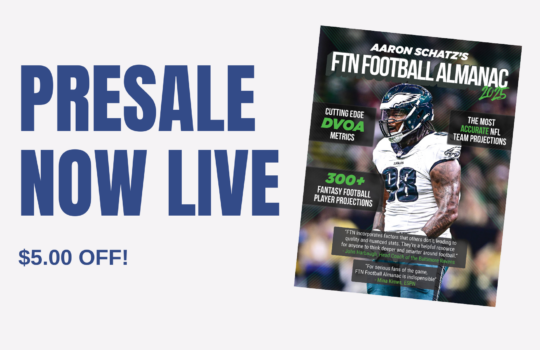



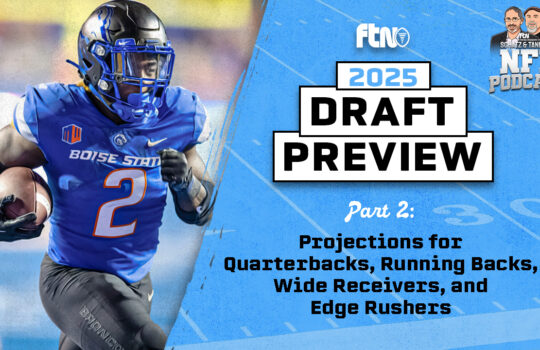

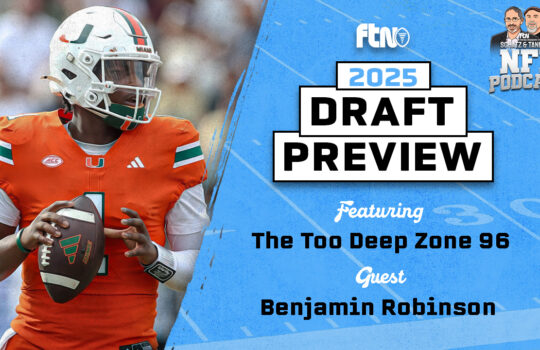
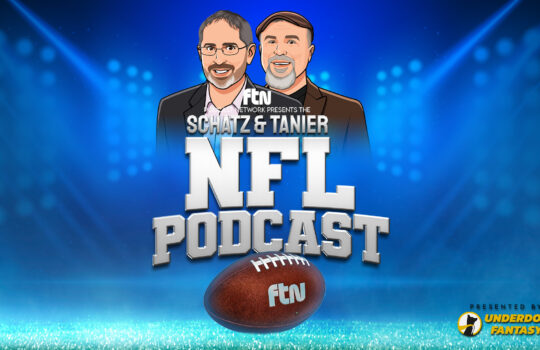







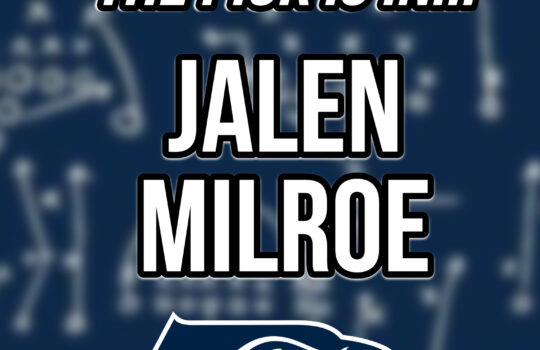

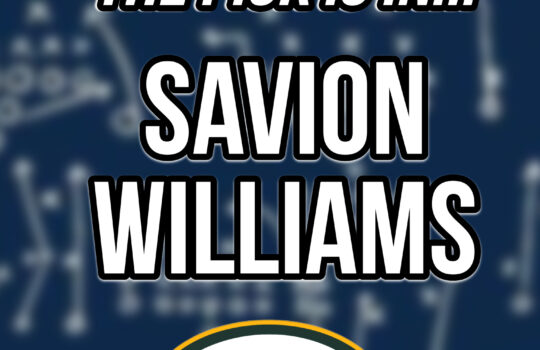
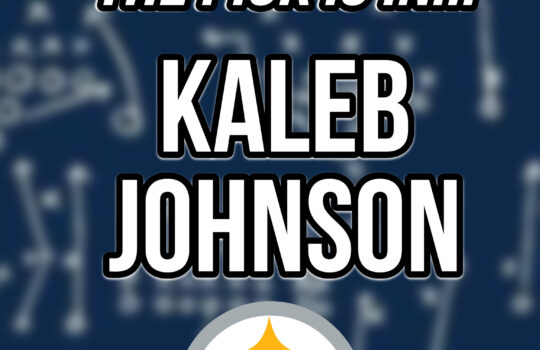

 New York Jets
New York Jets  New England Patriots
New England Patriots 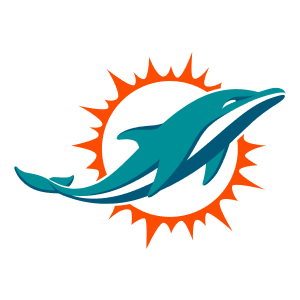 Miami Dolphins
Miami Dolphins  Buffalo Bills
Buffalo Bills  Pittsburgh Steelers
Pittsburgh Steelers  Cleveland Browns
Cleveland Browns  Cincinnati Bengals
Cincinnati Bengals  Baltimore Ravens
Baltimore Ravens 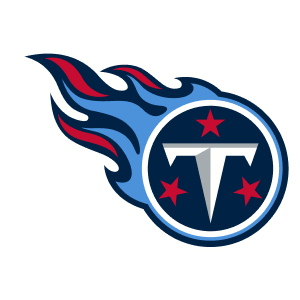 Tennessee Titans
Tennessee Titans  Jacksonville Jaguars
Jacksonville Jaguars  Indianapolis Colts
Indianapolis Colts  Houston Texans
Houston Texans  Las Vegas Raiders
Las Vegas Raiders 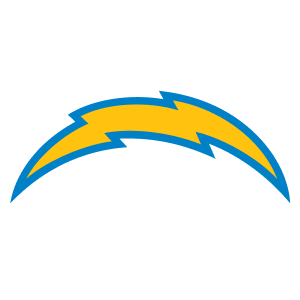 Los Angeles Chargers
Los Angeles Chargers  Kansas City Chiefs
Kansas City Chiefs 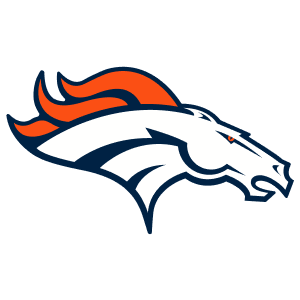 Denver Broncos
Denver Broncos  Washington Commanders
Washington Commanders  Philadelphia Eagles
Philadelphia Eagles 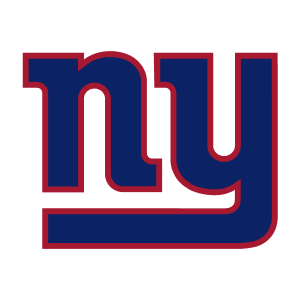 New York Giants
New York Giants  Dallas Cowboys
Dallas Cowboys  Minnesota Vikings
Minnesota Vikings  Green Bay Packers
Green Bay Packers 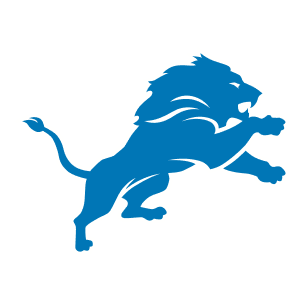 Detroit Lions
Detroit Lions  Chicago Bears
Chicago Bears 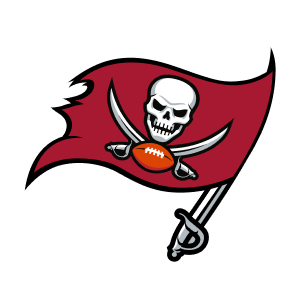 Tampa Bay Buccaneers
Tampa Bay Buccaneers  New Orleans Saints
New Orleans Saints 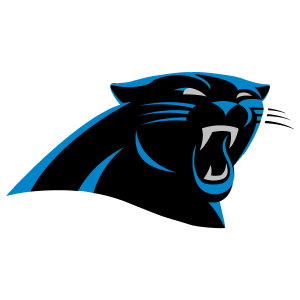 Carolina Panthers
Carolina Panthers 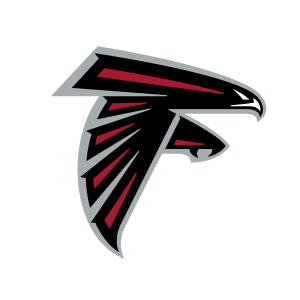 Atlanta Falcons
Atlanta Falcons  San Francisco 49ers
San Francisco 49ers  Seattle Seahawks
Seattle Seahawks  Los Angeles Rams
Los Angeles Rams 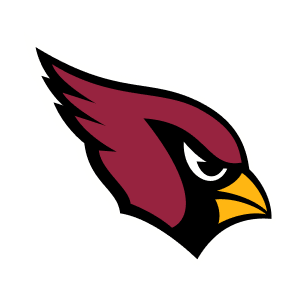 Arizona Cardinals
Arizona Cardinals 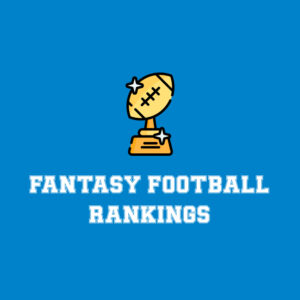

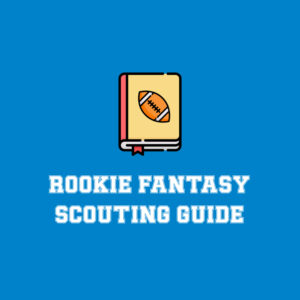



 Boston Celtics
Boston Celtics  Brooklyn Nets
Brooklyn Nets 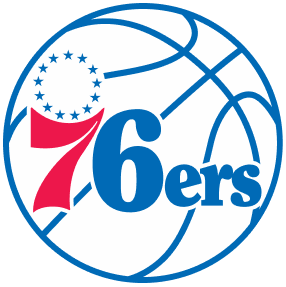 Philadelphia 76ers
Philadelphia 76ers  New York Knicks
New York Knicks  Toronto Raptors
Toronto Raptors  Chicago Bulls
Chicago Bulls  Detroit Pistons
Detroit Pistons  Milwaukee Bucks
Milwaukee Bucks  Cleveland Cavaliers
Cleveland Cavaliers  Indiana Pacers
Indiana Pacers  Orlando Magic
Orlando Magic 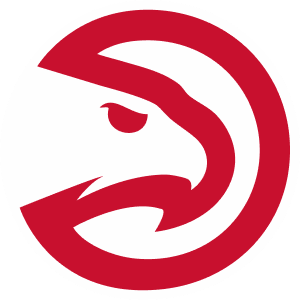 Atlanta Hawks
Atlanta Hawks  Charlotte Hornets
Charlotte Hornets  Miami Heat
Miami Heat  Washington Wizards
Washington Wizards  Denver Nuggets
Denver Nuggets  Minnesota Timberwolves
Minnesota Timberwolves  Oklahoma City Thunder
Oklahoma City Thunder  Portland Trail Blazers
Portland Trail Blazers  Utah Jazz
Utah Jazz  LA Clippers
LA Clippers  Golden State Warriors
Golden State Warriors  Los Angeles Lakers
Los Angeles Lakers  Phoenix Suns
Phoenix Suns  Sacramento Kings
Sacramento Kings  Dallas Mavericks
Dallas Mavericks  Houston Rockets
Houston Rockets  Memphis Grizzlies
Memphis Grizzlies  New Orleans Pelicans
New Orleans Pelicans  San Antonio Spurs
San Antonio Spurs 

